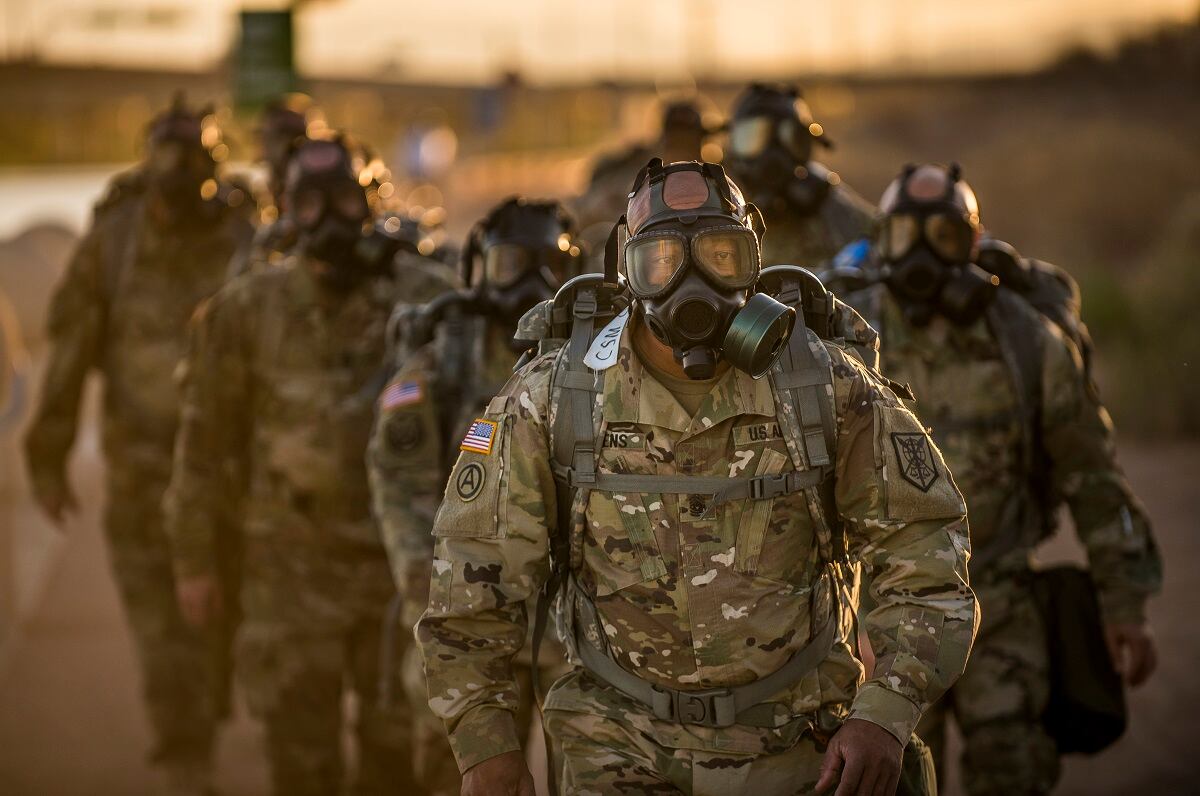The Pentagon’s hard line on troop readiness took effect Monday, and 126,000 service members now find themselves on a path to separation if they do not become deployable in the next 12 months.
“Deploy or get out" was an early policy priority of Defense Secretary Jim Mattis to improve the overall readiness of U.S. military forces. It was formalized in February and gave the services until Oct. 1 to be ready to begin holding troops accountable. Those intervening months also gave troops time to prepare, to get rid of administrative, legal or medical blocks that may have previously kept them in a non-deployable status.
“Excluding trainees, approximately 6 percent (126,000) of the total force — active duty, National Guard and Reserve — were non-deployable as of Aug. 31, 2018,” DoD said in a statement to Military Times. “This includes temporary as well as permanent non-deployable service members. The reasons vary, but they are predominantly medical.”
Of that 126,000 total, 66,000 are non-deployable due to illness or injury, DoD said.
Of that 126,000 total, 24,000 are considered permanently non-deployable and were pending a disability evaluation that could lead to the service member’s transition out of the military, DoD said.
“As Secretary Mattis has said before, ’every action will be designed to ensure our military is ready to fight today and in the future.’ This new department-wide retention policy is based on the underlying premise that in order to build and maintain a ready, lethal force, all military members must be deployable," said Pentagon press secretary Dana White.
There are some exceptions. Pregnant and post-partum service members are exempt, as are service members whose injuries were a result of combat operations. Other exemptions may be granted by the service secretaries on a case-by-case basis.
The policy was put in place to stop service members who had learned to game the system to keep from deploying, which had put a harder burden on those who continued to fill open spots.
It’s that disparity the policy is trying to address, said Master Sgt. Rob Couture, a spokesman for the Joint Chiefs of Staff.
“We’re trying to get after fairness," Couture said.
And even though the policy did not officially take effect until Monday, it’s pending arrival over the last few months may have had a chilling effect as the numbers of forces on non-deployable rosters dropped dramatically.
In January, DoD had said that approximately 11 percent, or 235,000, of the 2.1 million personnel serving on active duty, in the reserves or National Guard were non-deployable.
Of that January total:
- 93,000 were on some type of limited duty due to a physical limitation.
- 23,000 were on a permanent physical-limiting profile.
- 99,000 were listed as non-deployable for reasons that were administrative, for example, they haven’t had a dental checkup or hadn’t done their periodic health assessment
- 20,000 were temporarily non-deployable due to pregnancy or post-pregnancy status.
By May, those numbers had dropped to 143,000, DoD reported, without providing a breakdown. By August, the numbers were down again.
Editor’s note: A ‘deploy or get out’ anecdote shared in a speech by Senior Enlisted Adviser Army Command Sgt. Maj. John Wayne Troxell was removed from the bottom of this story after the command mentioned by Troxell contacted Military Times and said the personnel statistics and facts in the anecdote were inaccurate.
Tara Copp is a Pentagon correspondent for the Associated Press. She was previously Pentagon bureau chief for Sightline Media Group.





